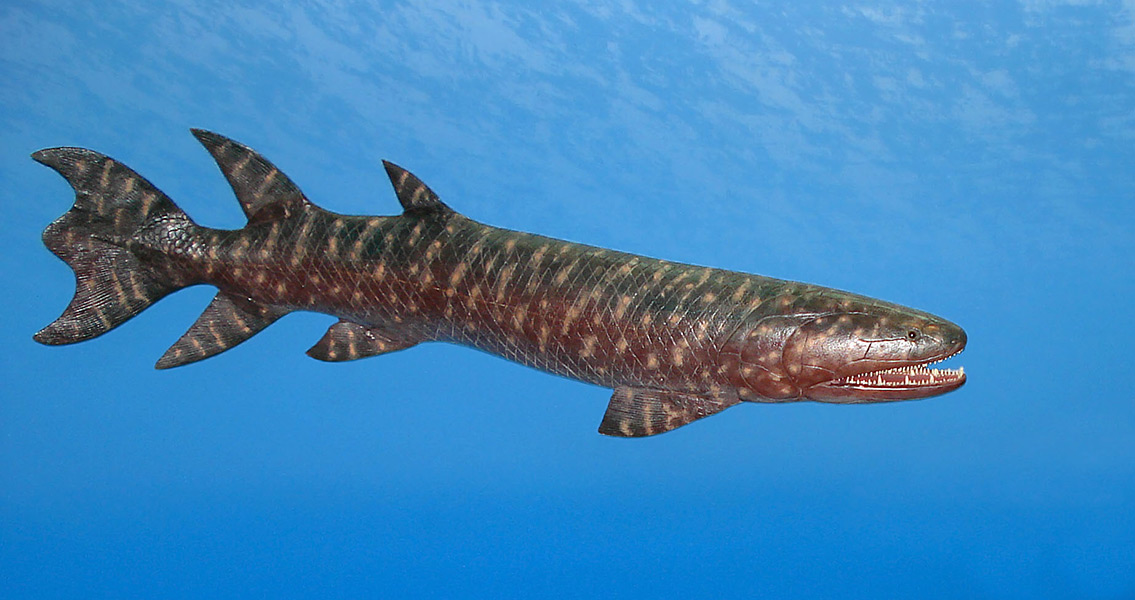<![CDATA[A newly identified bone in the lower jaw of a prehistoric fish has thrilled scientists examining it, and led them to suggest it could represent a missing link in the transition from fish to four-legged animals living on dry land, Culture24 reports. The researchers, from the universities of Cambridge and Bristol, examined a fossil of Eusthenopteron, a fish that lived in shallow lagoons around 385 million years ago, 20 million years before the emergence of four-legged land dwellers. They used cutting-edge technology to remove pieces of rock from the fossil and separate the bones making up the lower jaw of the creature. They then scanned the fossil using computerised tomography, which revealed the new bone. Talking to Culture 24, one of the researchers, Laura Porro, who is an expert from the Royal Veterinary College and took part in the CT scans of the fossil, said that the bone was long and thin, located near the front end of the lower jaw of the fish. It has no parallel either in other lobe-finned fish or in tetrapods, she added. The team called the bone postsymphysial because it occurs right behind the place where the two halves of the lower jaw fuse. In earlier studies of Eusthenopteron fossils, the first of which was discovered as far back as 1881, the scientists studying them thought the postsymphysial bone was an extension of another bone or a broken fragment. According to the Cambridge-Bristol team, this bone had disappeared around 419 million years ago, before the end of the Devonian era. The Eusthenopteron could reach a length of six feet and probably had a strong bite, rather than suction, to catch large prey, the researchers said. The fish belongs to the lobe-finned clade, the other species of which are all now extinct save for lungfish and coelacanths. They take their name from the fleshy, muscular fins that resemble legs and are connected to the body via a single bone. To compare, other fish have their fins connected to the body via a number of bones lacking muscles. The Eusthenopteron lived in what is today Manitoba, Canada and early research on them argued that they weren’t an entirely aquatic animal but could also live on land. It was the composition of Eusthenopteron fins which led those scholars to suggest this, as they very much resembled the legs of tetrapods. It was actually considered the link between fish and four-legged land dwellers, the website Prehistoric Wildlife notes. Later, however, it was established that it was a fish, though its anatomy and habitat in shallow waters were both factors linked to the later emergence of tetrapods. Land dwelling vertebrate animals originated around 390 to 360 million years ago, when some fish species that had lungs moved into shallow waters before eventually crawling onto land. In fact, all four-limbed vertebrates up to and including humans, along with lobe-finned fish, belong to the class of Sarcopterygii. Initially, this class only included lobe-finned fish but after scientists discovered that these fish were the ancestors of every four-legged animal, the class was expanded to include them as well. Image courtesy of Wikimedia Commons user: Dr. Gunter Bechly]]>
Bone Could Link Transition From Fish to Tetrapods
